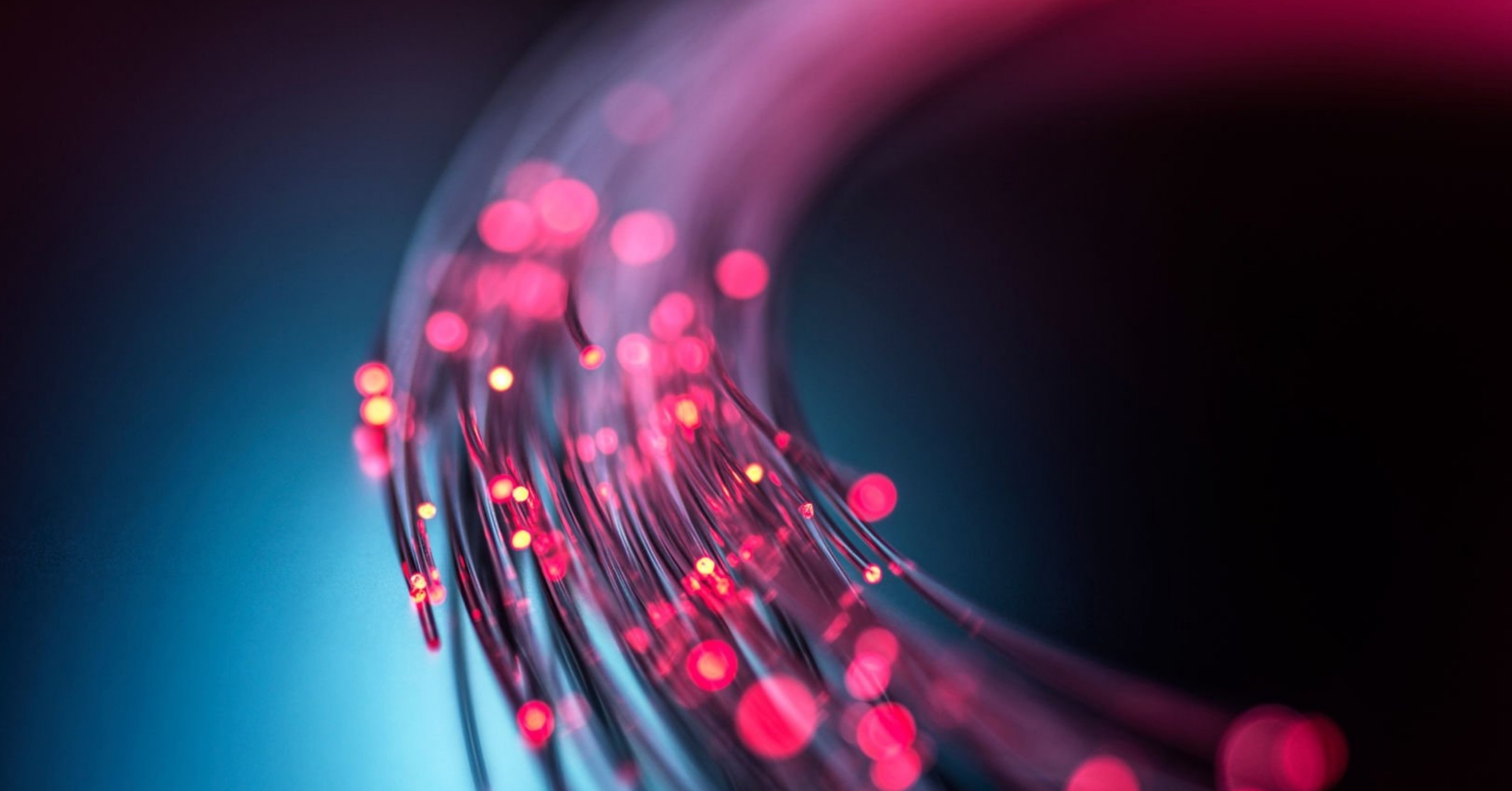More stable, faster, safer: modern surveillance systems are wired with fiber optics to achieve maximum performance.
Among the numerous advantages of FTTH fiber optics there is also the enhancement of home security. It enables the use of increasingly intelligent video surveillance systems equipped with better performing cameras, mainly in terms of sensitivity, image resolution and additional features, compared to systems connected with now obsolete, previous generation technologies.
Video surveillance in the digital age
Video surveillance allows you to obtain information about what is happening, what has happened, and preventing or discouraging malicious behavior.
The world of old-generation surveillance systems has been supplanted by network video solution systems (VSS video surveillance systems) which, despite being conceived as a mere surveillance tool, now, thanks to the use of IP technologies with increasing availability of bandwidth and algorithms of video analysis, are capable of:
- Performing various functions such as digital motion detection, facial recognition, privacy blocking, and digital PTZ (pan-tilt-zoom)
- Conveying content from other systems (such as voice) or detecting the metadata of an environment (e.g., temperature, humidity level, or brightness)
- Triggering alarms generated by AI algorithms, increasingly integrated directly into the devices.
Main differences between previous and next-generation surveillance systems wired with fiber optics
The advent and use of fiber optics have also significantly impacted the evolution of surveillance systems. In fact, previous-generation systems predominantly featured analog cameras and local video recording and storage systems (so-called DVRs), making it extremely difficult to access information remotely.
New-generation systems leveraging fiber optics can remotely manage a large number of video streams without delays in acquiring information or compromising image quality and the ability to interact with other security technologies. This also provides the capability to access images via smartphones and tablets even on the move.
The advantages of such a system are significant:
- Superior performance: fiber optics allow for the management of complex systems composed of numerous high-resolution and sensitive cameras. This results in markedly superior image quality compared to systems using mixed fiber and copper solutions, enabling better identification of critical details (e.g., identification of scenes and subjects) and more effective monitoring of environments
- Resistance to electromagnetic interference: one of the primary advantages of fiber optics is its immunity to electromagnetic interference, which can compromise signal quality in copper cables. This ensures stable and reliable communication, guaranteeing data security and system operation
- Greater stability and reliability: fiber optic cables are known for their resistance to weather conditions and external interferences. This means they can also be installed in environments with special conditions without compromising performance, ensuring excellent operation under any circumstance
- Real-time responsiveness: data transmission through fiber optics occurs at extremely high speeds, allowing video surveillance systems to immediately detect, analyze, and respond to critical events.
The use of fiber optics in surveillance systems thus represents a fundamental step in protecting domestic environments, ensuring better performance, resilience, responsiveness, and security for those seeking reliable and cutting-edge solutions.
All this, once realistically applicable only by large companies or institutions in the recent past, is now within reach of every citizen, thanks to FTTH fiber optics!
Fiber optic network coverage is continuously expanding. Check if your address has already been reached on the dedicated page.










